Introduction to Robotics: Exploring the World of Automation
Welcome, fellow enthusiasts, to the mesmerizing realm of robotics! Today, we embark on a journey to unveil the marvels of automation, guiding you through the intricate web of wires, sensors, and algorithms that shape our automated future. So, fasten your seatbelts (or secure your circuits?), as we delve into the captivating world of Introduction to Robotics: Exploring the World of Automation.
Defining the Landscape:
Let's start with the basics. What exactly is robotics? At its core, robotics is an interdisciplinary field that combines computer science, engineering, and mathematics to design, build, and operate robots. But these are not just any robots; they embody human ingenuity, crafted to mimic human actions or perform tasks autonomously. From industrial assembly lines to space exploration missions, robotics has transcended its sci-fi origins to become an integral part of our daily lives.
Key Aspects Unveiled:
Now that we've scratched the surface, let's delve deeper into the key aspects that define Introduction to Robotics.
1. Mechanical Design:
Imagine a blank canvas awaiting the strokes of a master artist. In robotics, this canvas takes the form of mechanical design, where every curve and joint is meticulously crafted to fulfil a specific purpose. From sleek, humanoid robots to robust, industrial arms, the possibilities are as vast as the imagination itself.
2. Sensors and Perception:
Ever wondered how robots perceive the world around them? Enter the realm of sensors, the eyes and ears of the robotic kingdom. From cameras capturing visual data to ultrasonic sensors detecting obstacles, these technological marvels enable robots to navigate and interact with their environment with astounding precision.
3. Control Systems:
Behind every graceful movement of a robot lies a complex network of control systems. These algorithms serve as the brains of the operation, orchestrating a symphony of motors and actuators to execute tasks with finesse. Whether it's maintaining balance on two wheels or performing intricate manoeuvres with robotic arms, control systems are the invisible hands guiding the dance of automation.
4. Artificial Intelligence:
Ah, artificial intelligence, the beating heart of modern robotics. As we venture further into the age of automation, AI algorithms are revolutionizing the capabilities of robots, imbuing them with the ability to learn, adapt, and even make decisions independently. From self-driving cars navigating bustling streets to humanoid robots engaging in meaningful conversations, the lines between science fiction and reality continue to blur.
Relevance in Today's World:
But why should we care about robotics and automation, you may ask? The answer lies in its profound impact on virtually every aspect of our lives.
In the realm of healthcare, robots are revolutionizing patient care, assisting surgeons in delicate procedures and providing companionship to the elderly. In agriculture, autonomous drones are transforming the way we monitor crops and manage resources, ushering in a new era of precision farming. And let's not forget the industrial sector, where robots tirelessly toil away on assembly lines, boosting efficiency and driving innovation.
But perhaps the most exciting aspect of robotics lies in its potential to tackle some of the greatest challenges facing humanity. From mitigating climate change through sustainable technologies to exploring the depths of space in search of new frontiers, robotics holds the key to unlocking a brighter future for generations to come.
Anecdotes from the Field:
Now, let me share with you a few anecdotes from the frontlines of robotics that illustrate the ingenuity and creativity of the human spirit.
The Mars Rover:
Picture yourself on the desolate plains of Mars, millions of miles away from home. This is the reality for NASA's Mars rovers, which have been exploring the Red Planet's surface for over a decade, gathering invaluable data and inspiring awe and wonder in people around the world.
Baxter the Collaborative Robot:
Meet Baxter, the friendly face of industrial automation. Unlike traditional robots confined to cages, Baxter is designed to work alongside humans, performing repetitive tasks with precision and grace. From small businesses to multinational corporations, Baxter is revolutionizing the way we think about human-robot collaboration.
Sophia the Social Robot:
Prepare to be amazed by Sophia, the world's first humanoid robot with citizenship. Developed by Hanson Robotics, Sophia is more than just a machine; she's a cultural icon, captivating audiences with her wit, charm, and eerily human-like expressions. As she continues to evolve, Sophia raises thought-provoking questions about the nature of consciousness and the future of AI.
Conclusion:
As we reach the end of our journey, I hope you've gained a newfound appreciation for the enchanting world of Introduction to Robotics: Exploring the World of Automation. From its humble beginnings to its boundless potential, robotics continues to push the boundaries of what's possible, shaping the world we live in and inspiring generations to come. So, whether you're a seasoned engineer or simply curious about the future of technology, I encourage you to delve deeper into the world of robotics and automation. Who knows what wonders await just beyond the horizon?
In the words of science fiction author Isaac Asimov, "The only way of discovering the limits of the possible is to venture a little way past them into the impossible." So let's embark on this journey together, and who knows what marvels we may uncover along the way.
Until next time, keep dreaming, keep innovating, and keep exploring the fascinating world of robotics.

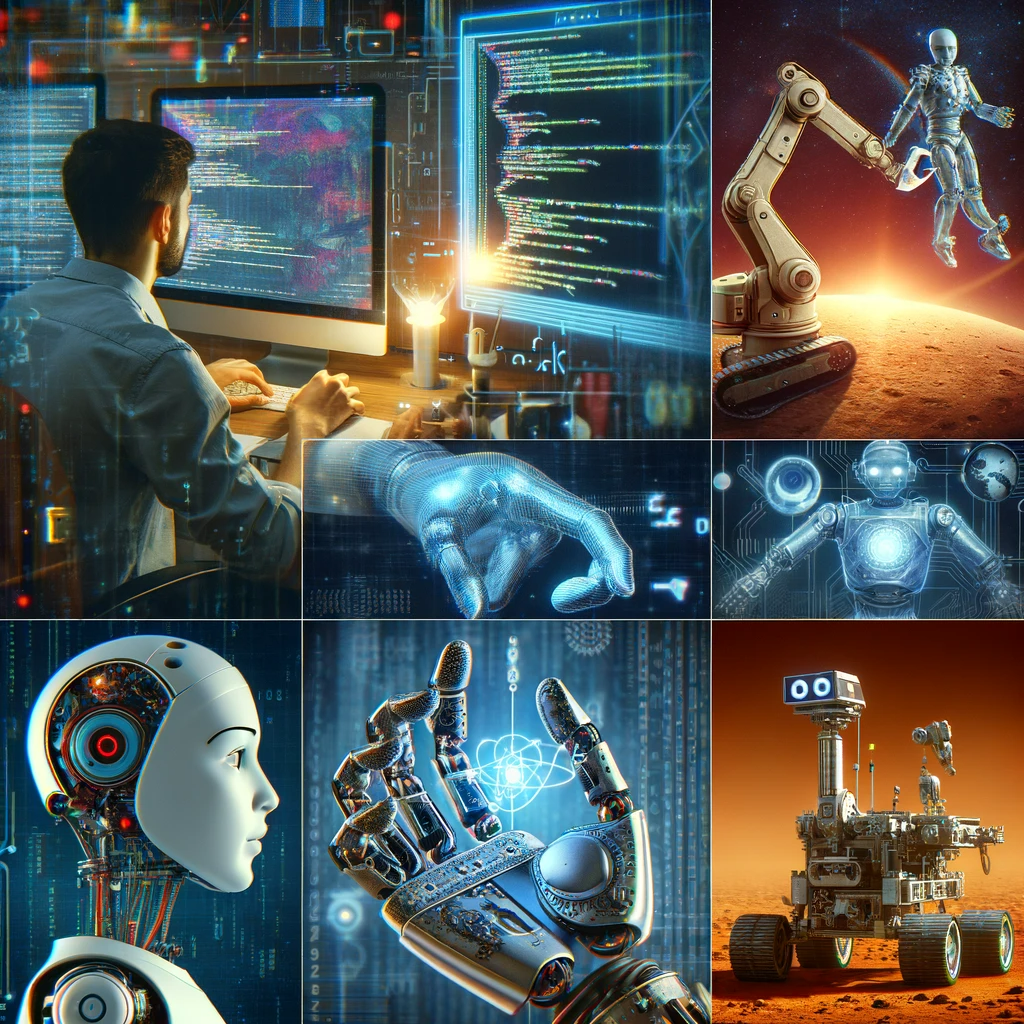

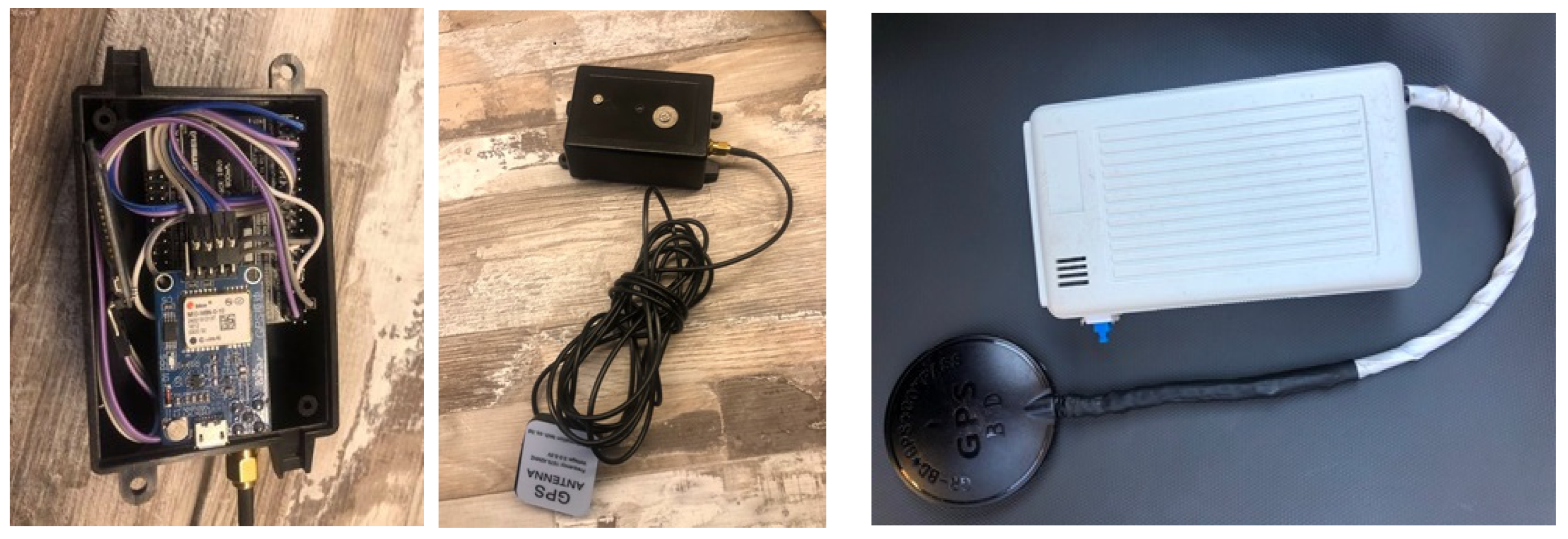
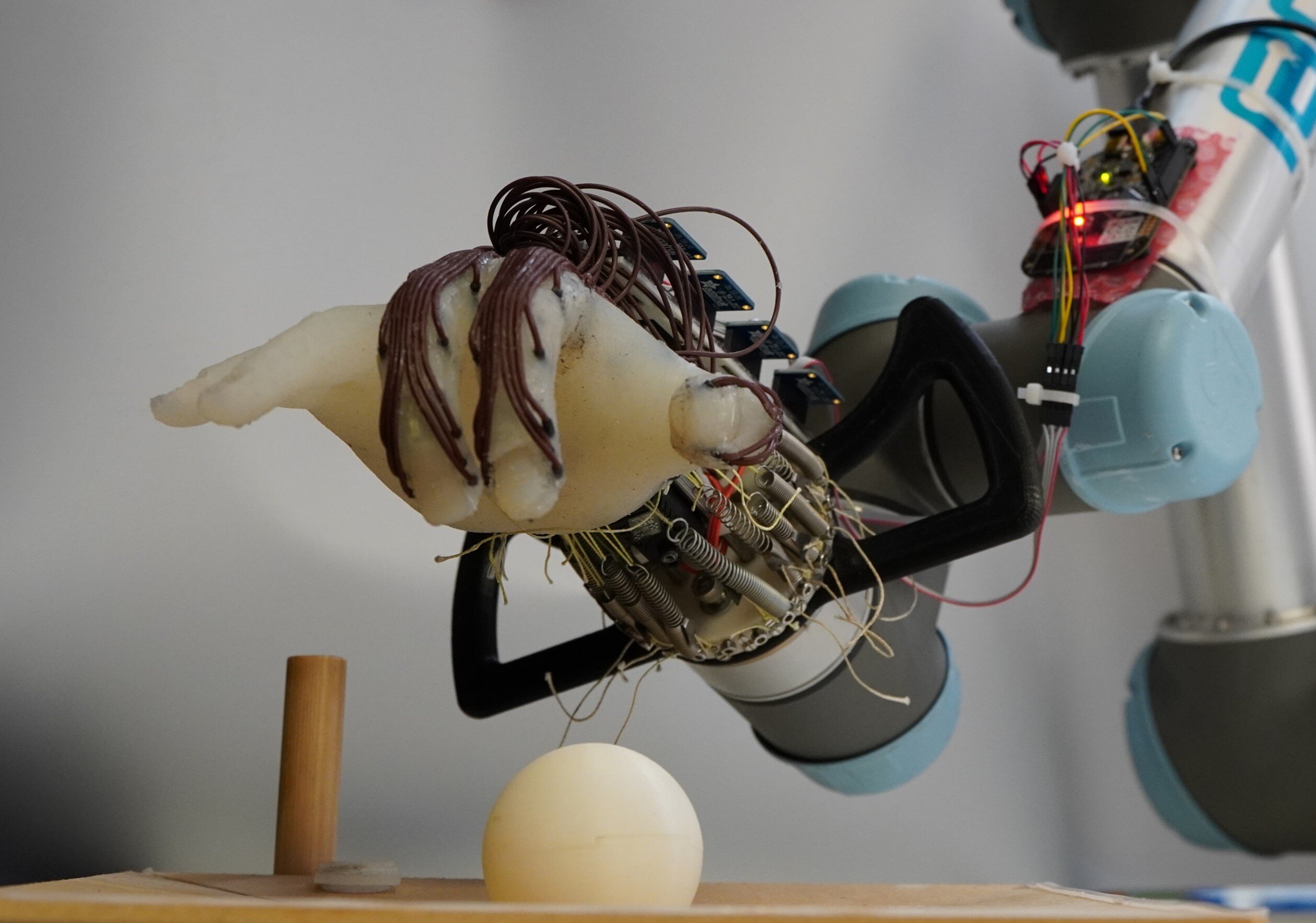

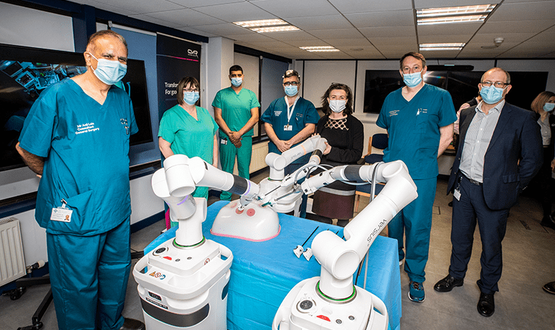
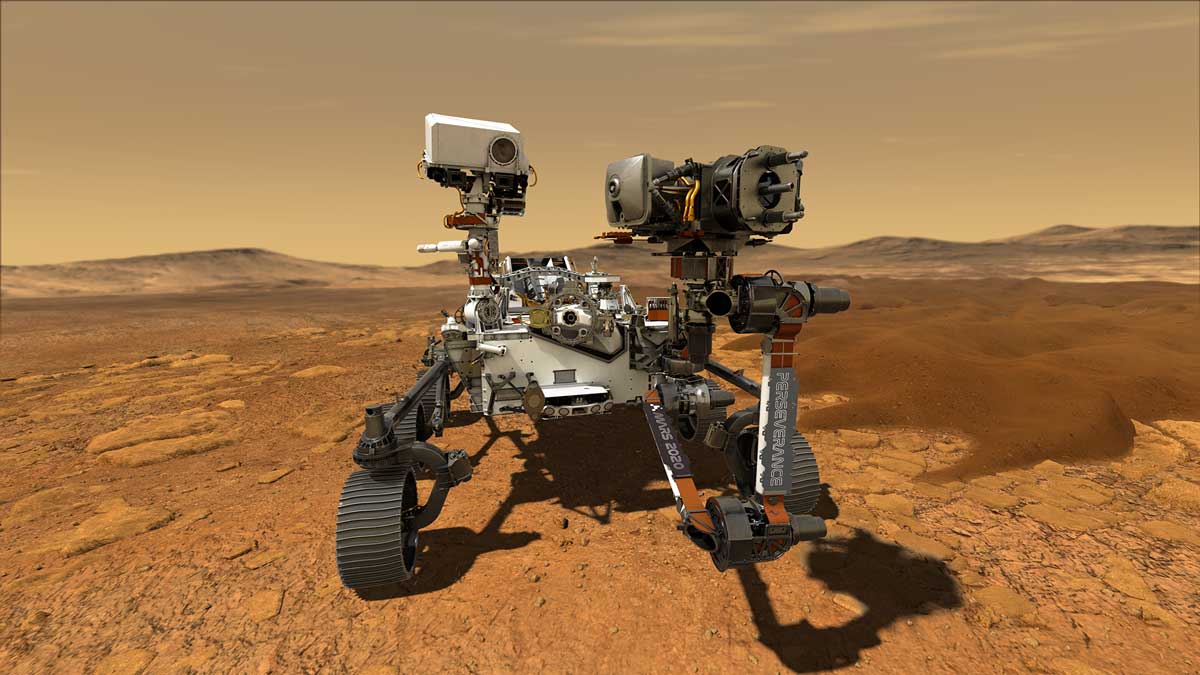
.jpg)
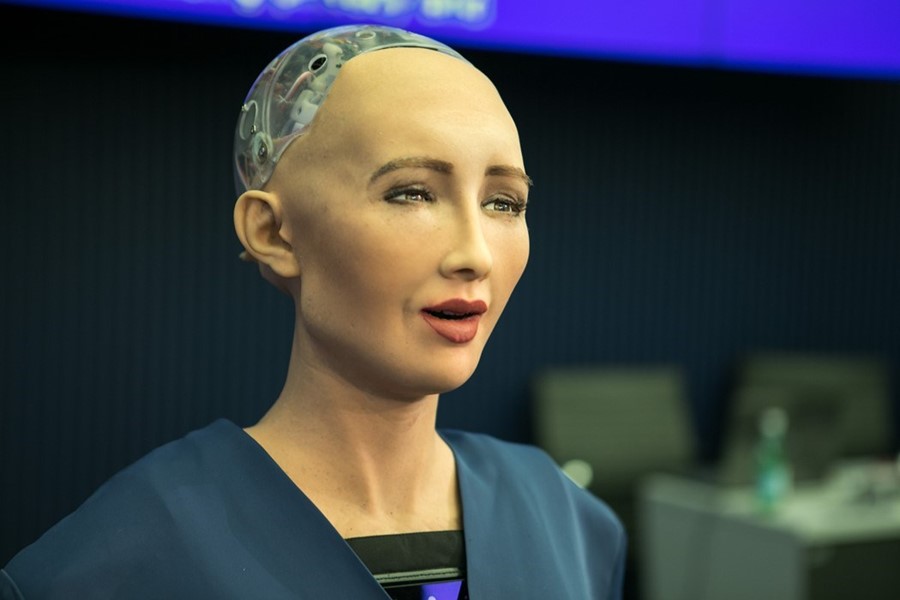

Comments
Post a Comment